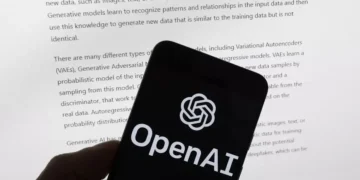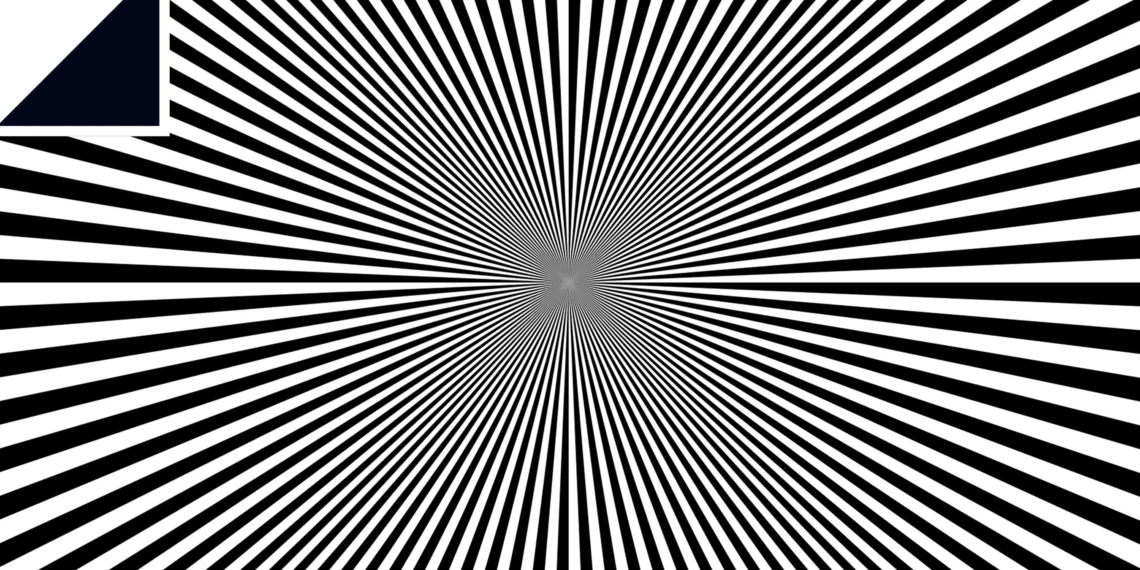Overview

Researchers are now using advances in artificial intelligence and machine learning to dig into some of the wildest patterns you’ll find in nature. In a recent study, they applied computer vision algorithms to examine the wing designs of the green fruit-piercing moth, Eudocima salaminia.
This citrus pest lives in Southeast Asia and Australia. Its wings form an optical illusion, making the moth look like a rolled leaf—pretty clever camouflage against predators, if you ask me.
The team used state-of-the-art algorithms like optical flow, borrowing tools from tech you’d usually find in self-driving cars or facial recognition. These techniques showed that many AI models misread the moth’s flat wing patterns as if they were 3D shapes.

Turns out, both machines and animals can get tricked by these visual puzzles. The researchers looked into how the position of the wing patterns, plus a bit of nonlinear dynamics and chaos theory, influenced these illusions.
Algorithms really struggle with error correction when faced with such deceptive details. I mean, who wouldn’t? These illusory effects might even help us understand bigger ideas in complex systems like weather or quantum mechanics, where tiny changes can lead to huge differences.
Some researchers think emergent behaviors in animals and AI could reveal more about camouflage and communication. Striped snakes, peacock feather eyespots—these might all be using shape-based illusions, not just color, for survival or attracting a mate.
It’s a wild intersection: biology, physics, computer science. They’re using tools like generative adversarial networks and active learning to dig deeper into how living things pull off these visual tricks.
Frequently Asked Questions

How is artificial intelligence able to mimic moth wing illusions using visual computing?
AI taps into advanced visual computing to break down and rebuild patterns found on moth wings. It processes these designs to simulate effects like three-dimensional shapes, pulling off illusions that show just how easily natural patterns can fool our eyes.
What are the main visual computing methods employed to create moth wing illusions?
Researchers use algorithms focused on pattern recognition and reconstruction. Neural networks and edge-detection systems help capture the complex look and structure of moth wing patterns.
How is the study of moth wing illusions used within AI and visual computing industries?
By analyzing moth wings, scientists gain insight into camouflage and optical tricks. These discoveries get put to work in image processing, robotics, and any system that needs sharper pattern-matching skills.

In what way do moth wing illusions help enhance visual computing tools?
Studying how moth wings create illusions helps researchers figure out how to fix common errors in AI’s vision. This knowledge boosts the accuracy of algorithms for object detection and texture analysis.
How does research into moth wings enhance AI’s ability to identify patterns?
The intricate design of moth wings gives researchers a real-world challenge for improving AI’s pattern recognition. By exploring these natural examples, scientists can fine-tune models to spot textures and cut down on visual mistakes.
What obstacles arise when incorporating moth wing-inspired designs into artificial intelligence systems?
It’s tricky to replicate the complexity of moth wing patterns with much accuracy. Adapting these natural designs so they actually work in artificial systems isn’t straightforward either.
Computational limits can get in the way, and keeping things efficient is another headache during integration.








































Comments 1